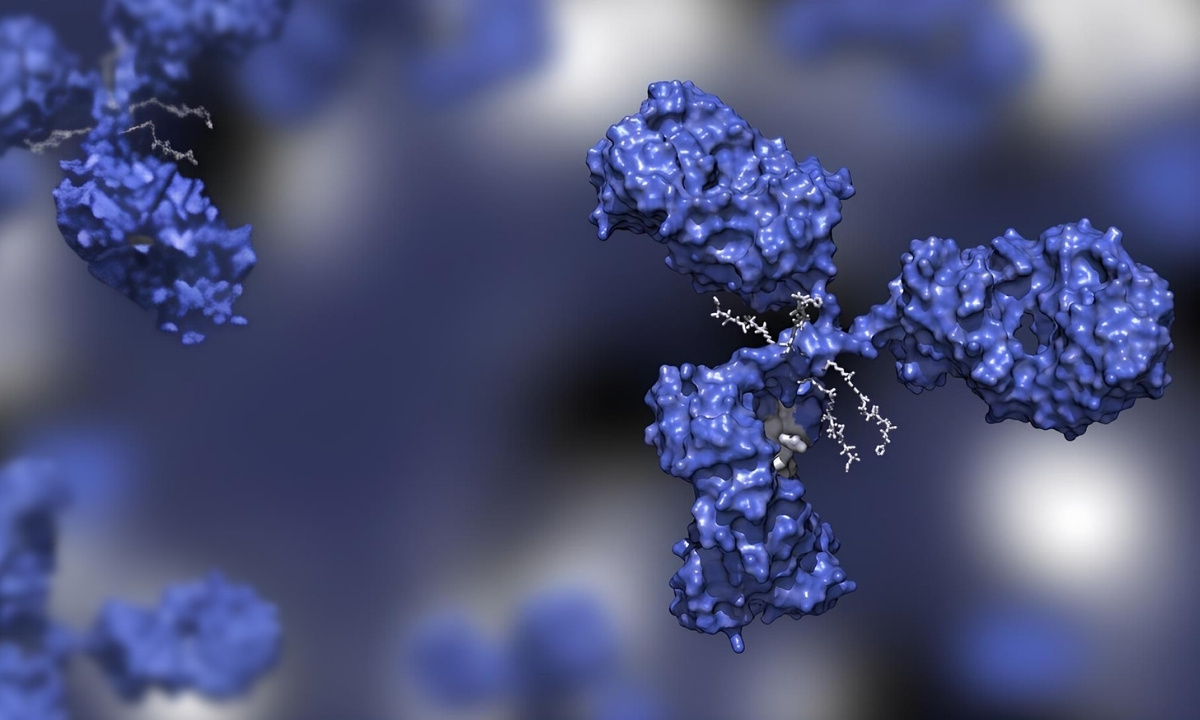
Conjugation is a fascinating process in biology and linguistics. In biology, it refers to the transfer of genetic material between bacterial cells through direct contact. This method of horizontal gene transfer plays a crucial role in the spread of antibiotic resistance. Linguistically, conjugation involves altering a verb to express different tenses, moods, voices, or aspects. Understanding these two distinct yet equally intriguing forms of conjugation can provide insights into both the microscopic world of bacteria and the complexities of human language. Whether you're a science enthusiast or a grammar geek, these 33 facts about conjugation will broaden your knowledge and maybe even spark a new interest. Ready to dive in? Let's get started!
What is Conjugation?
Conjugation is a fascinating process found in both grammar and biology. In grammar, it refers to the modification of verbs to express different tenses, moods, voices, and aspects. In biology, it involves the transfer of genetic material between organisms. Here are some intriguing facts about conjugation.
-
Conjugation in grammar changes verbs to match the subject, tense, and mood of a sentence.
-
In English, verbs are conjugated into six main tenses: present, past, future, present perfect, past perfect, and future perfect.
-
The verb "to be" is one of the most irregular verbs in English, with forms like "am," "is," "are," "was," "were," "being," and "been."
-
Latin, a highly inflected language, has four conjugations for verbs, each with its own set of endings.
-
Spanish verbs are divided into three conjugations based on their infinitive endings: -ar, -er, and -ir.
-
In French, verbs are also divided into three groups, but irregular verbs can have unique conjugation patterns.
-
Japanese verbs are categorized into three groups: godan, ichidan, and irregular verbs, each with distinct conjugation rules.
-
In biology, conjugation is a form of horizontal gene transfer, allowing bacteria to share genetic material.
-
Bacterial conjugation involves a donor cell transferring DNA to a recipient cell through a pilus, a tube-like structure.
-
Conjugation in bacteria can spread antibiotic resistance genes, making infections harder to treat.
-
Some protozoa, like Paramecium, undergo conjugation to exchange genetic material and increase genetic diversity.
-
Conjugation in ciliates involves a complex process where two cells exchange micronuclei, leading to genetic recombination.
-
Fungi, such as yeast, can also undergo conjugation, where two haploid cells fuse to form a diploid cell.
-
In plants, conjugation can refer to the fusion of gametes during fertilization.
-
Conjugation bridges in bacteria are formed by the F (fertility) plasmid, which carries genes for pilus formation and DNA transfer.
-
The process of conjugation can be interrupted by environmental factors, such as temperature and nutrient availability.
-
Conjugation is one of three main mechanisms of horizontal gene transfer in bacteria, alongside transformation and transduction.
-
In some algae, conjugation involves the fusion of gametes to form a zygote, which then develops into a new organism.
-
Conjugation can occur between different species of bacteria, leading to the spread of beneficial traits across populations.
-
The discovery of bacterial conjugation in the 1940s revolutionized our understanding of genetic exchange and evolution.
-
Conjugation can be used in genetic engineering to introduce new genes into bacteria for research or industrial purposes.
-
Some bacteria have evolved mechanisms to prevent conjugation with incompatible strains, ensuring genetic compatibility.
-
Conjugation can lead to the formation of recombinant DNA, which combines genetic material from different sources.
-
In some cases, conjugation can result in the transfer of large plasmids, which carry multiple genes.
-
The efficiency of conjugation can vary depending on the species and environmental conditions.
-
Conjugation is a key factor in the rapid evolution of bacterial populations, allowing them to adapt to changing environments.
-
In some bacteria, conjugation can occur at high frequencies, leading to rapid genetic changes within a population.
-
Conjugation can be studied using molecular techniques, such as PCR and DNA sequencing, to track the transfer of genetic material.
-
The study of conjugation has led to the development of new antibiotics and strategies to combat antibiotic resistance.
-
Conjugation can also occur in archaea, a group of microorganisms distinct from bacteria and eukaryotes.
-
Some viruses can facilitate conjugation by transferring genetic material between host cells.
-
Conjugation can be influenced by quorum sensing, a process where bacteria communicate and coordinate their behavior based on population density.
-
Understanding conjugation is crucial for developing new biotechnological applications, such as synthetic biology and microbial engineering.
The Final Word on Conjugation
Conjugation is a fascinating part of language that shapes how we communicate. From changing verb forms to match subjects, to understanding tense and mood, it’s a cornerstone of grammar. Knowing how to conjugate verbs correctly can make your speech and writing clearer and more effective. It’s not just about following rules; it’s about making your language work for you. Whether you’re learning a new language or brushing up on your native tongue, mastering conjugation can open doors to better communication. So, next time you’re puzzled by a verb form, remember these facts and tips. They’ll help you navigate the twists and turns of conjugation with ease. Keep practicing, stay curious, and you’ll find that conjugation becomes second nature. Happy learning!
Was this page helpful?
Our commitment to delivering trustworthy and engaging content is at the heart of what we do. Each fact on our site is contributed by real users like you, bringing a wealth of diverse insights and information. To ensure the highest standards of accuracy and reliability, our dedicated editors meticulously review each submission. This process guarantees that the facts we share are not only fascinating but also credible. Trust in our commitment to quality and authenticity as you explore and learn with us.
